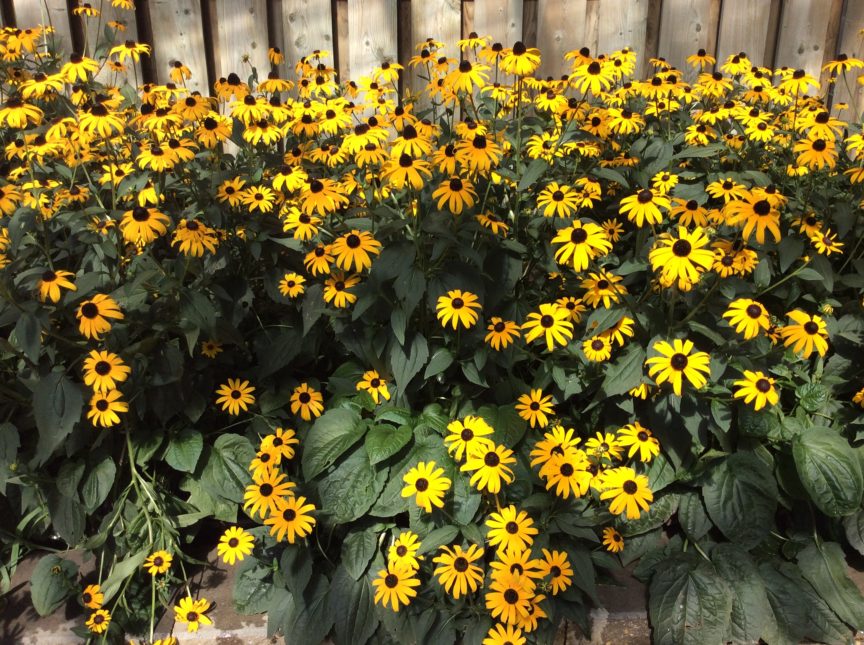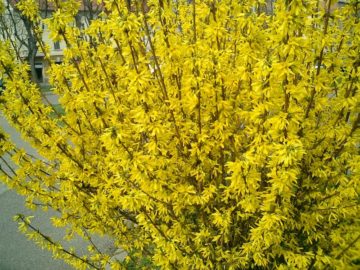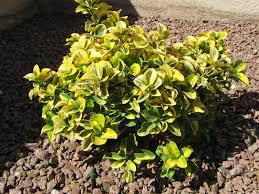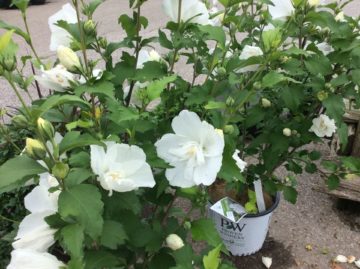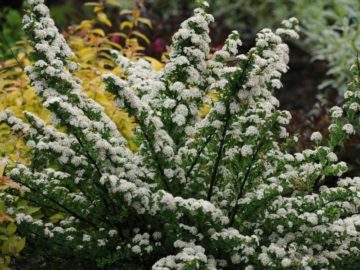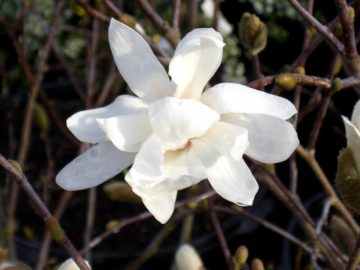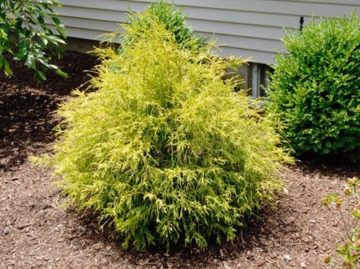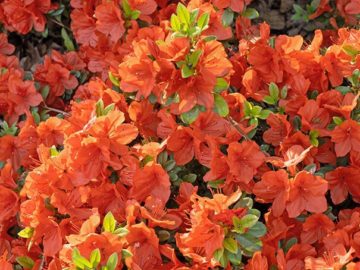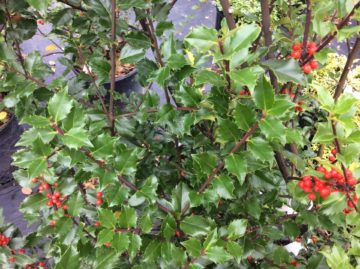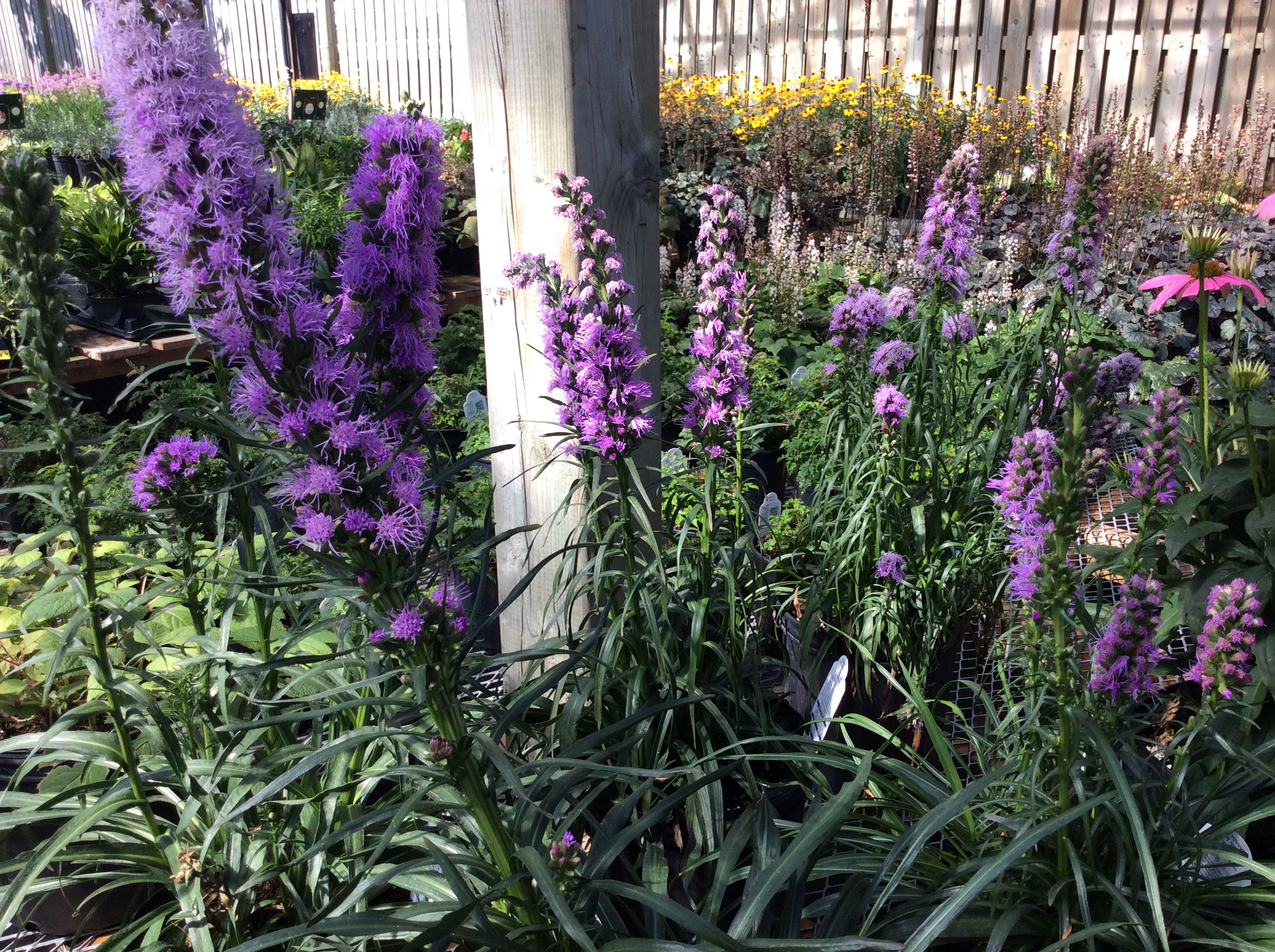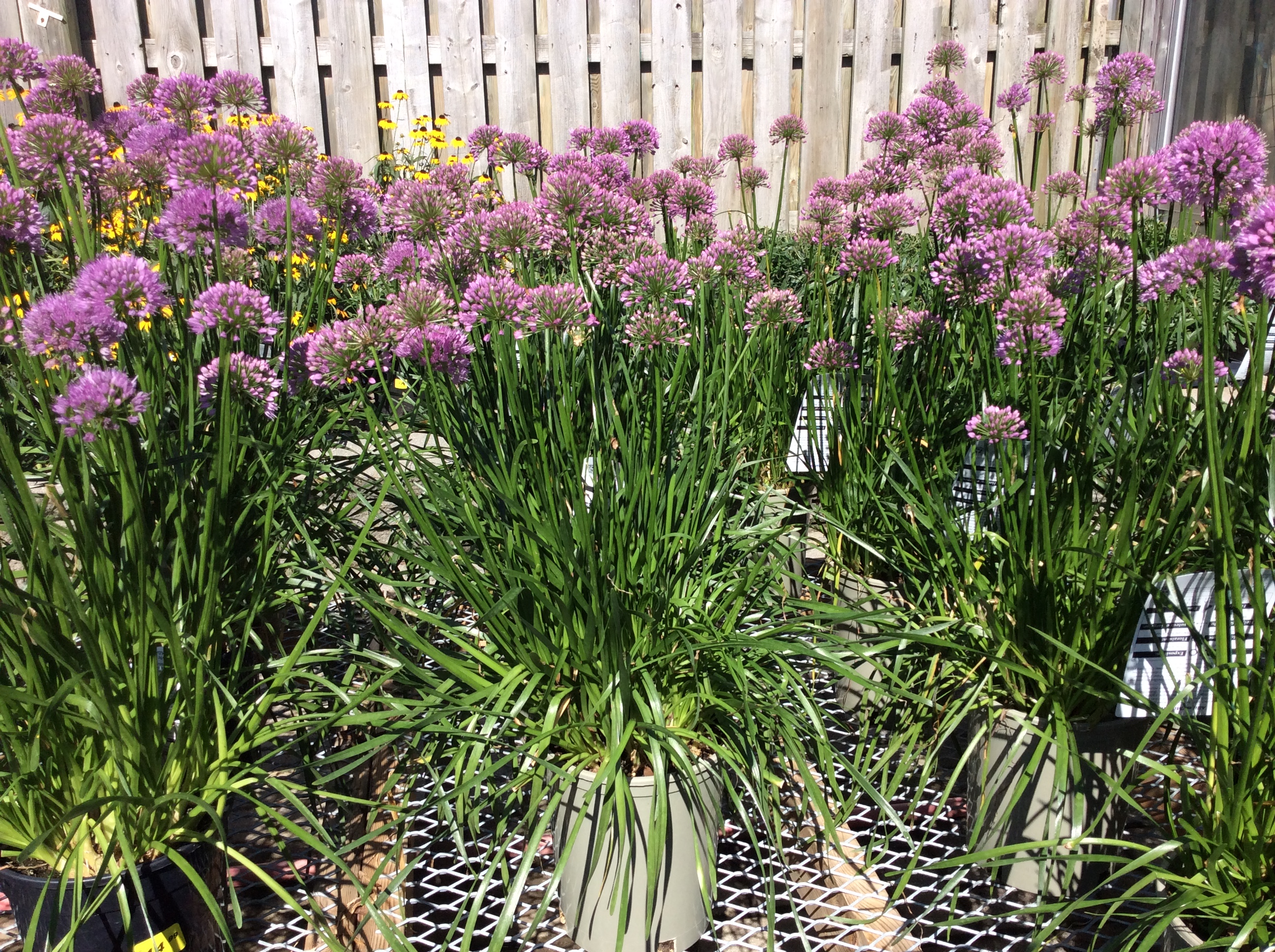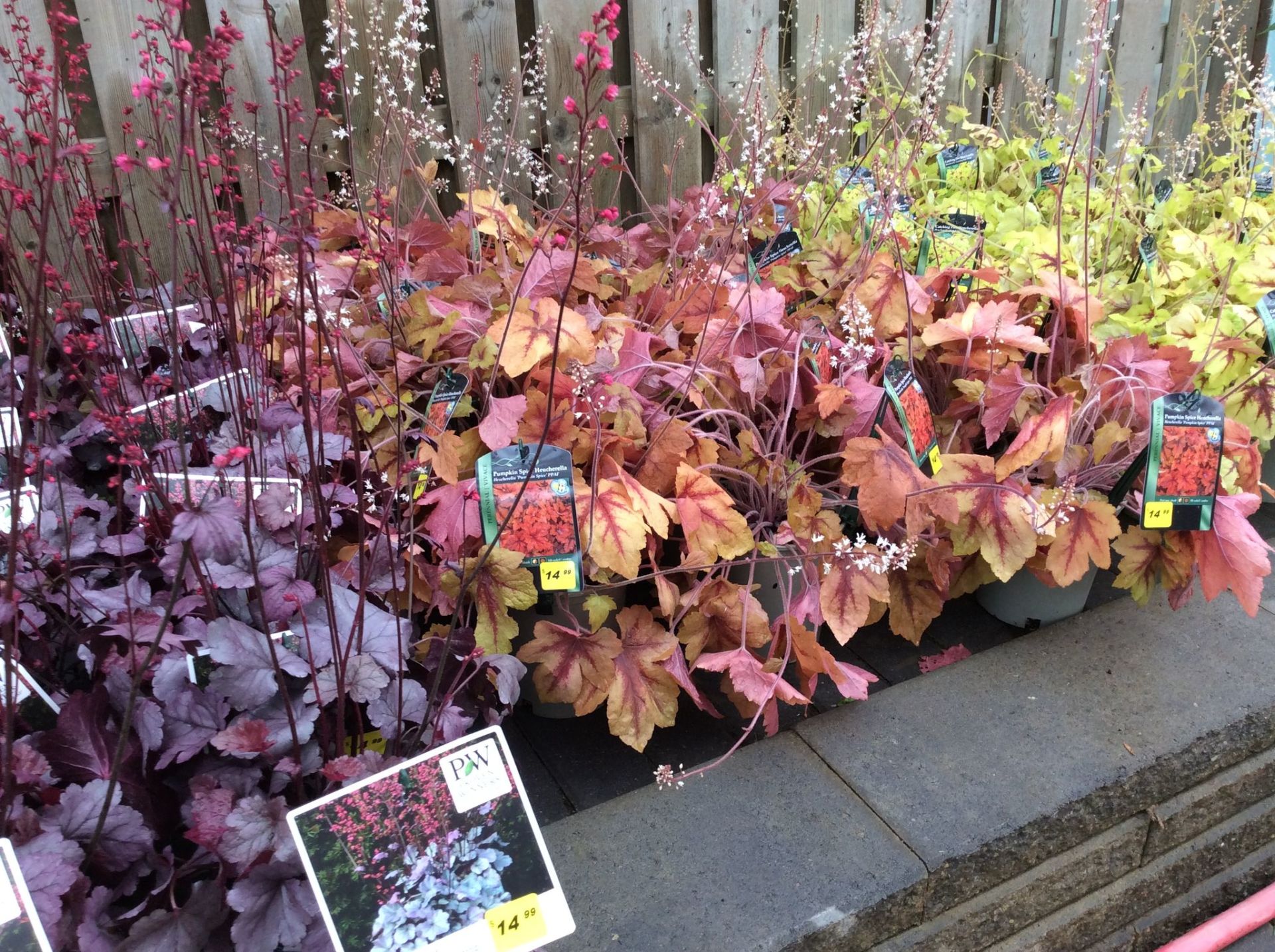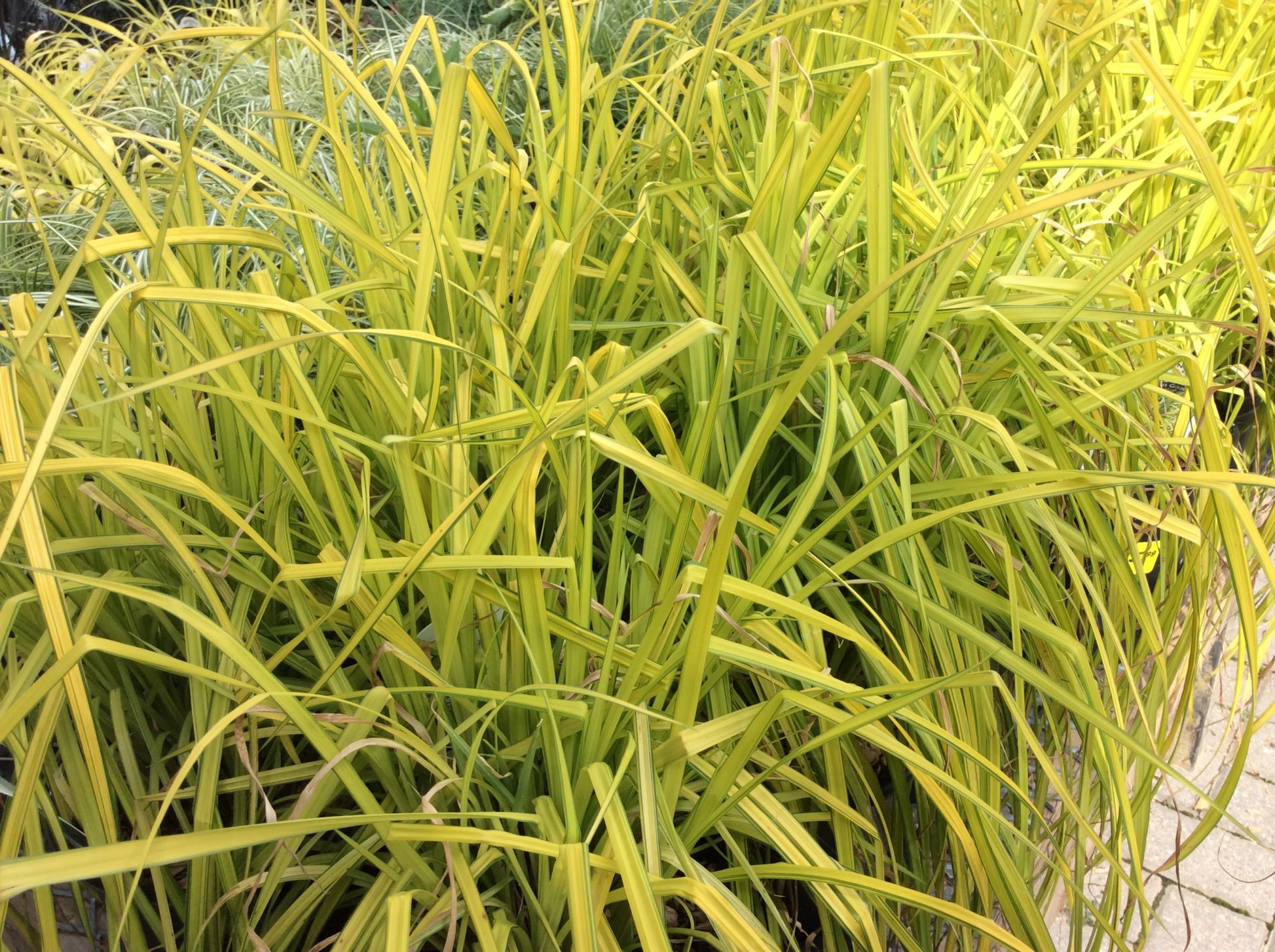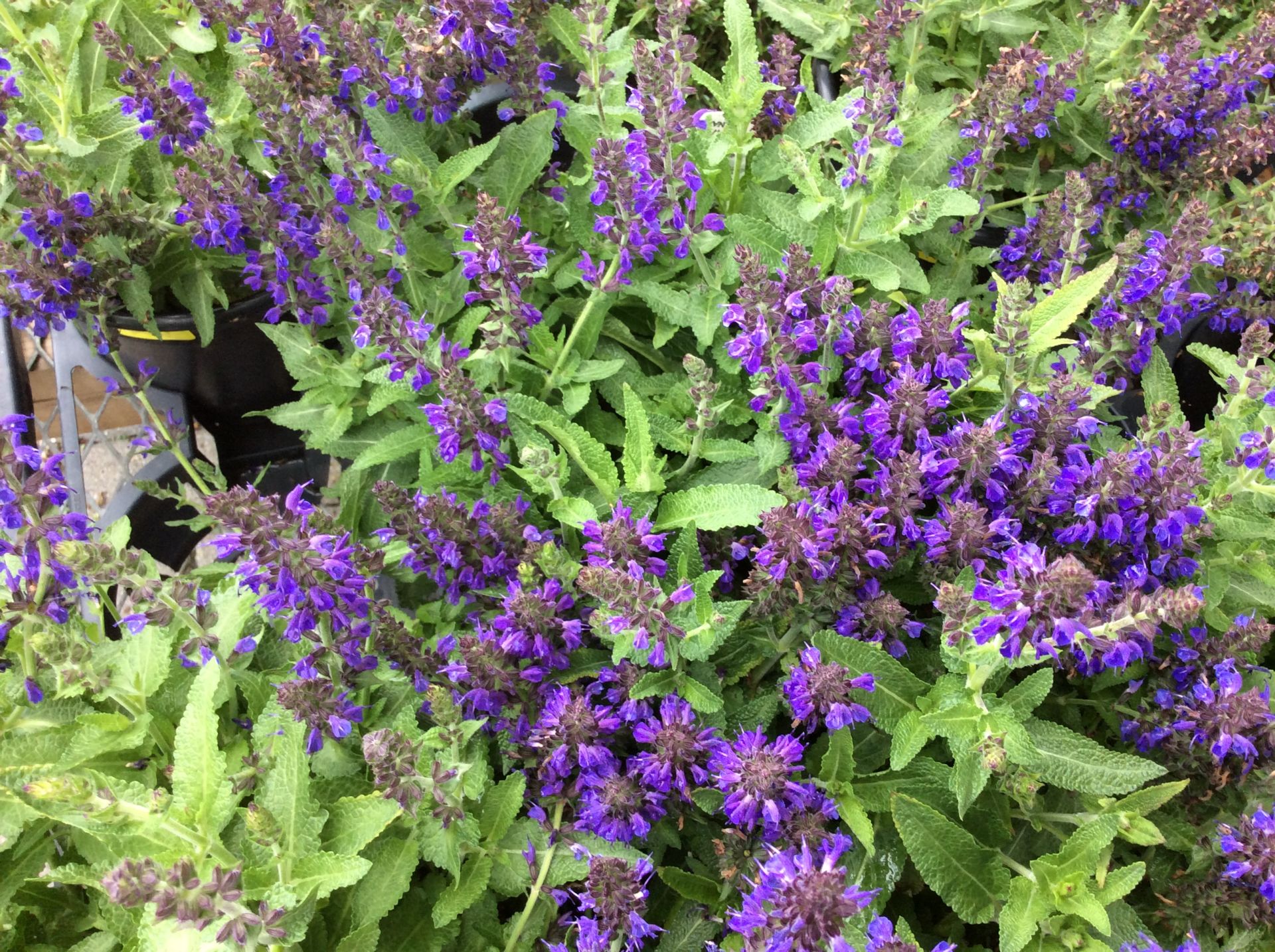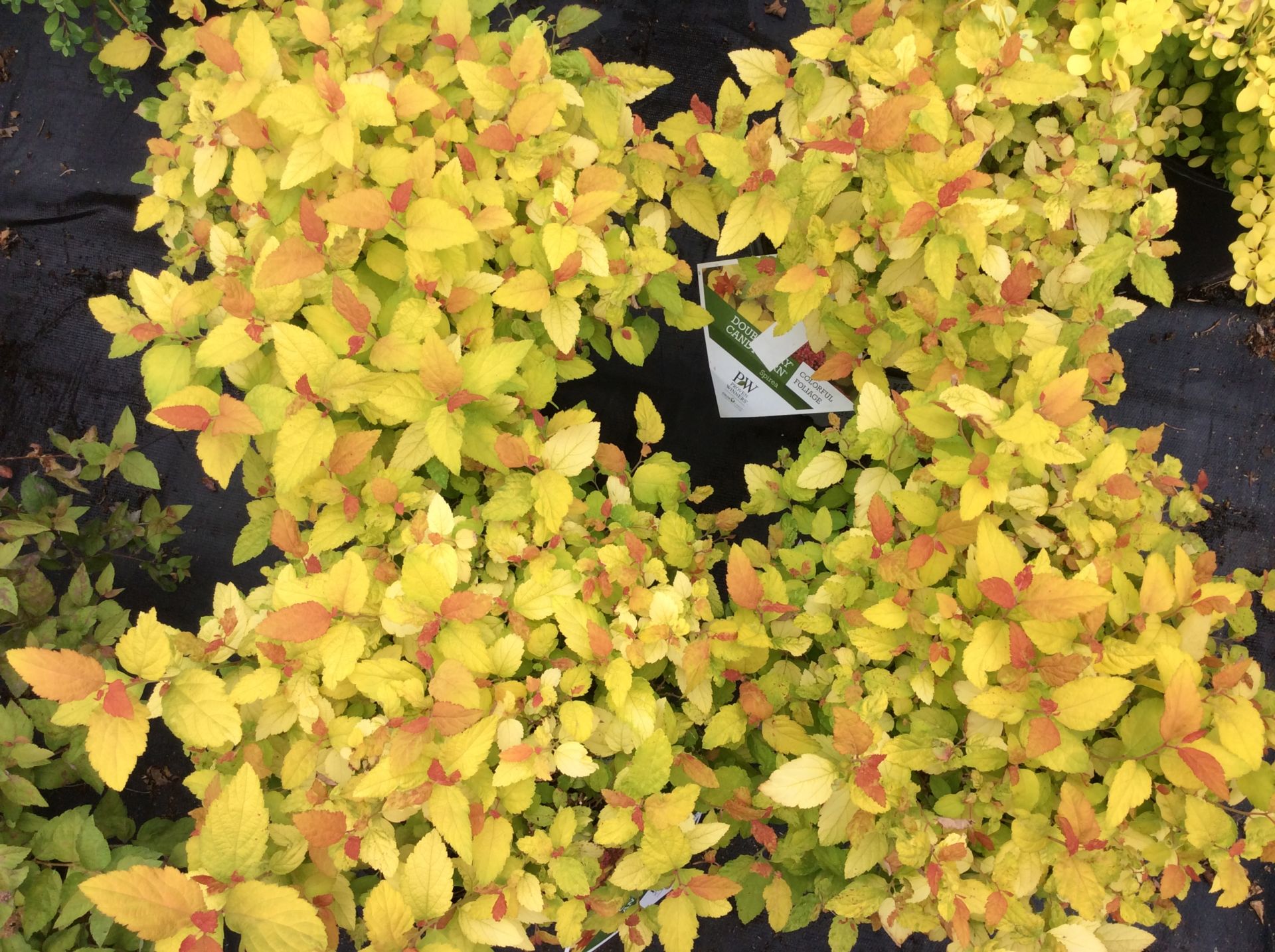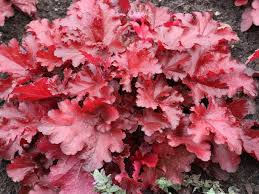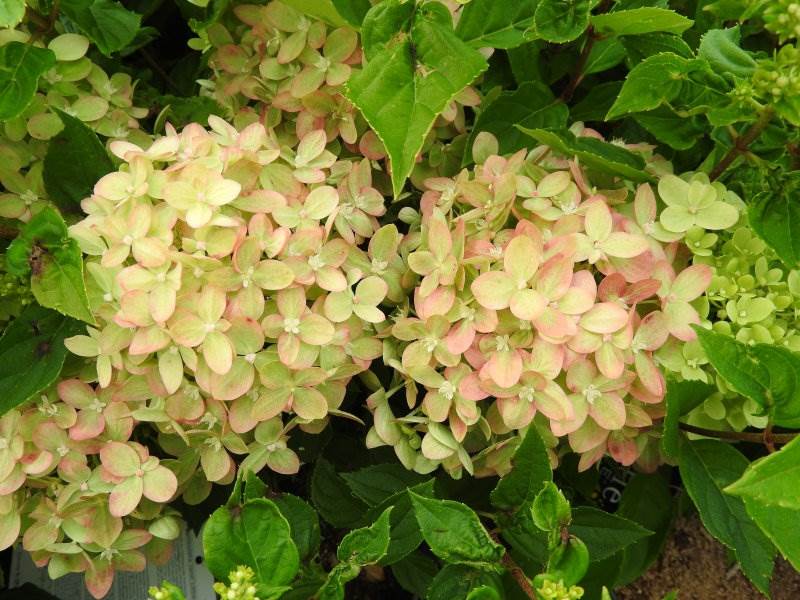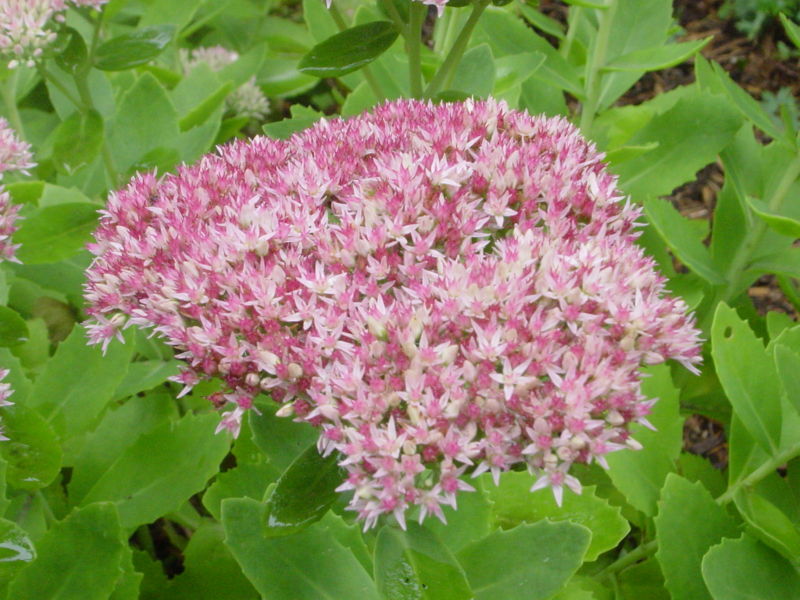The best gardens have plants that add shape, color and overall decor in all seasons. Spring and summer can be pretty easy to fill your gardens with color, especially if you use annuals. However, it can take a bit more planning on your part to keep your flower beds looking great during the late summer and well into the fall.
Perennials have always been looked to for color that will last over several seasons. Shrubs will add color and shape to the general landscape making it more eye catching.
A good time to plant shrubs is in the fall or early spring, so they have time to acclimate before the harsh weather of winter or summer. Most shrub roots spread widely rather than deeply, so digging a hole wider than the roots of the shrub you’re planting is more beneficial. Free up some of the roots from being contained in the pot allowing them to spread. Add in some compost with the soil from the hole and use this to re-fill. Ensure the roots of the shrub are well watered. Adding a root enhancer at planting time will help create a better root system. Planting a shrub properly will give it a healthy head start on a productive life.
Carefully selecting perennials and shrubs to plant that will add color during late summer and fall can freshen up your garden without you actually needing to any add additional annual plants.
Black Eyed Susans are garden favorites that start flowering in the summer and continue well into late fall. Their golden petals and dark centers add dramatic contrast to any garden.
Coneflowers (or Echinaccea) have bright colourful petals and centers. They will begin flowering in late June and will continue right up until frost. Bees and butterflies are attracted to these colourful plants.
Coral Bells are grown mainly for their foliage, although their tiny flowers are quite pretty. They can be planted in sun or shade and as the season gets cooler their colors will become more bright and vibrant.
Hibiscus is another perennial flower that will add colour to the garden in late summer to early fall. Blooms can be as big as 6-8” across.
Hydrangeas can shine in the fall. Two of the best varieties are Limelight and Little Lime. They start blooming in mid-summer, beginning by showing off lime-green flowers. As the flowers mature they turn white, then light pink, then deep rose and eventually turn cinnamon brown and can last into the early winter.
Sedum is a favorite plant for this time of year. These rugged plants are virtually indestructible and come in a wide variety of shapes, sizes, and colours. They are heat and drought tolerant and don’t mind poor soils. Some of them can put on quite a display of vibrant colours when they reach maturity. The nectar rich blooms also attract bees, butterflies and other pollinators.
Chrysanthemums are likely one of the first plants that come to mind when you think of fall colours. They are available in an almost unlimited selection of colors and sizes that look amazing planted by themselves or mixed with other flowers. Whether they come back the next year depends on when and where they are planted, as well as the type of winter they go through. Mums planted as late as October may not have time for their root systems to become established enough to survive the cold winter. Add a generous layer of mulch to help with winter protection preventing ice from forming around the roots.
Take a good look at your garden in late summer and fall and if you think it isn’t all it could be, then consider adding one or more of these plants.

